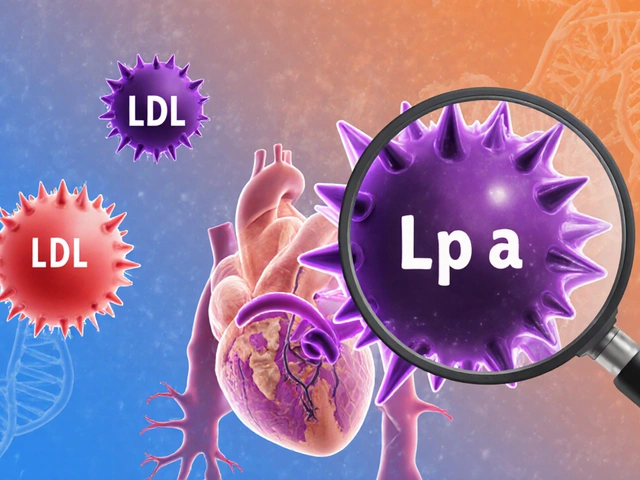The Importance of Regular Follow-Up Care for Advanced Renal Cell Carcinoma Patients
June 26 2023Omeprazole: Uses, Dosing, Side Effects & Smart Tips
Omeprazole is a common medicine that reduces stomach acid. People use it for heartburn, GERD, peptic ulcers, and to protect the stomach when taking NSAIDs. You can buy low-dose omeprazole over the counter or get higher doses with a prescription.
How it works is simple: omeprazole blocks acid pumps in stomach cells so less acid gets made. Less acid means fewer symptoms and time for ulcers to heal. It usually starts working within a few hours but full relief can take a few days.
How to take it
Take omeprazole before a meal, preferably in the morning, because it works best when acid pumps are active. Swallow capsules whole — don’t crush or chew unless the product instructions say otherwise. For OTC heartburn, follow the package dose (often 20 mg daily for 14 days). For chronic conditions your doctor may prescribe different doses and a longer course.
If you miss a dose, take it when you remember unless it’s almost time for the next one. Don’t double up. For ongoing problems, doctors often check progress after 4–8 weeks and adjust treatment based on symptoms and tests.
Side effects, long-term risks and interactions
Most people tolerate omeprazole well. Common side effects include headache, nausea, diarrhea, and mild stomach pain. Serious reactions are rare but seek help for severe diarrhea, allergic signs, or unexpected chest pain.
Long-term use can raise risks for vitamin B12 deficiency, low magnesium, bone fractures, and certain infections like C. difficile. Doctors usually recommend the lowest effective dose and periodic reviews if you stay on it for months or years.
Omeprazole interacts with several drugs. It can affect blood thinners (warfarin), certain antifungals, some HIV drugs, and clopidogrel. Talk to your pharmacist or doctor about all medicines, including supplements. If you take medications with narrow safety ranges, ask for a check before starting omeprazole.
If you have liver disease, a dose adjustment may be needed. Pregnant or breastfeeding people should discuss risks and benefits with their provider; OTC use is less studied in pregnancy.
Are there alternatives? Yes. Other proton pump inhibitors (PPIs) like esomeprazole, lansoprazole, and pantoprazole work similarly. H2 blockers (ranitidine replaced by famotidine) and antacids can help milder cases. Your doctor can suggest the best option for your condition.
Buying omeprazole online
If you shop online, choose licensed pharmacies that require a prescription for higher doses. Look for clear contact info, pharmacy registration, and secure checkout. Avoid sites that sell prescription-strength drugs without asking for a prescription — those can be unsafe.
Final tips: try lifestyle changes too — lose extra weight, avoid late meals, cut spicy foods, and stop smoking. Use the lowest dose that controls symptoms and check in with your doctor if problems persist or if you need long-term treatment.
Quick checklist: confirm diagnosis, try lifestyle fixes first, start with OTC dose if suitable, ask about tests for H. pylori if symptoms return, never stop long-term PPI suddenly without medical advice. Ask questions early.
 5 Jun
5 Jun
Prilosec: Uses, Side Effects, and Everyday Tips for Heartburn Relief
Prilosec, also known as omeprazole, is a popular medication for treating heartburn and acid reflux. This article breaks down how Prilosec works, common side effects, and practical tips to make the most out of your treatment. You’ll learn about its effectiveness, a few interesting science-backed facts, and ways to use it safely based on real-life experiences. Packed with practical advice and relatable examples, this article helps you navigate using Prilosec with confidence. Expect clear answers to questions you might have and tips you won’t find in the brochure.
Read More...




